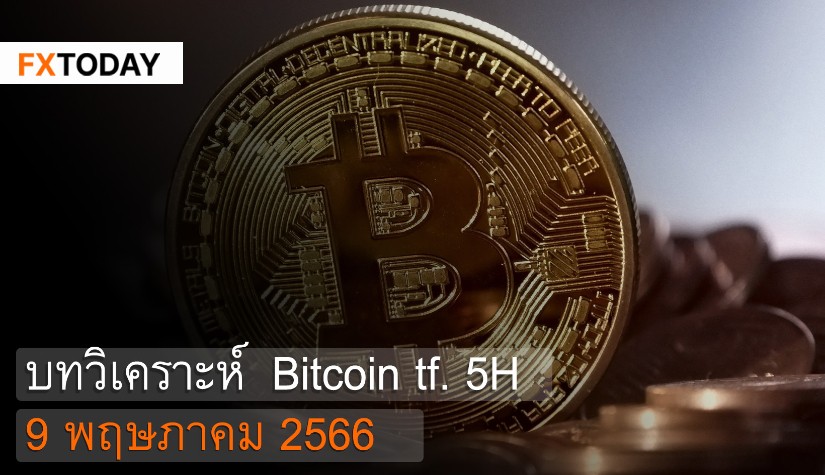Eurozone Growth Softens as Tariff Tensions Mount
The eurozone economy expanded modestly for a third straight month in March, driven by a slight manufacturing rebound and stronger services activity. HCOB’s composite PMI rose to 50.9, with manufacturing output increasing for the first time in two years and services inflation easing—raising expectations for another ECB rate cut on April 17, after six previous cuts since June. However, PMIs remain below historical averages, and ongoing declines in work backlogs cast doubt on the durability of the recovery, especially as some factory orders were likely rushed ahead of U.S. tariffs.
Inflation across the eurozone cooled in March, with headline CPI at 2.2% and core inflation at 2.4%, reducing pressure on the ECB. Germany’s inflation also slowed to 2.3%, further supporting rate-cut expectations. Yet, volatile energy prices and looming trade disruptions introduce uncertainty.
Germany’s economy remains sluggish, with 2025 GDP growth downgraded to just 0.2%, and a stronger recovery not expected until 2026. Business investment is weak, and while retail sales rose in February, cautious consumer behavior and rising unemployment are weighing on sentiment. Despite signs of a manufacturing pickup in March, industrial orders were flat, hampered by weak global demand and new U.S. tariffs. German firms, particularly exporters like automakers and engineering companies, face rising costs, and nearly 60% expect significant impacts—prompting a possible rethink of industrial strategy.
France is also under pressure. Inflation remained muted in March at just 0.9% year-on-year, with falling energy and goods prices offsetting modest service inflation. Consumer spending dipped 0.1% in February due to reduced food purchases. In response to slowing growth and geopolitical risks, French Finance Minister Eric Lombard signaled flexibility on the 2025 budget deficit, currently targeted to fall from 5.8% to 5.4%, though this may prove difficult without stronger growth.
Trade tensions with the U.S. have escalated. Trump imposed sweeping tariffs—10% base and 20% on EU goods—prompting the EU to prepare €28 billion in retaliatory duties. France and Germany are calling for a strong EU response, including targeting U.S. tech firms and using anti-coercion tools, with a vote set for April 9.
ECB officials warn the tariffs could slash eurozone growth by up to one percentage point and spark stagflation. ECB Vice President Luis de Guindos and Executive Board Member Isabel Schnabel emphasized the risks of long-term damage, while EU Commission President Ursula von der Leyen called the U.S. measures a major global threat.
In the U.S., the dollar strengthened after Fed Chair Jerome Powell signaled caution on rate cuts, citing inflation risks tied to tariffs. March jobs data beat expectations with 228,000 additions, but February was revised lower and unemployment rose to 4.2%. Markets remain volatile as Trump defended the tariffs as necessary to reduce trade deficits. However, the measures have already wiped trillions off global markets and prompted fears of retaliation.
Goldman Sachs now sees a 45% chance of a U.S. recession within a year, citing tighter financial conditions and rising uncertainty. J.P. Morgan forecasts even higher odds. Goldman expects three Fed rate cuts starting in June but warns a full tariff rollout could trigger recession by Q4 2025. Barclays economists echoed this, calling the new tariffs a stagflationary shock likely to contract GDP in H2 2025 and push unemployment to 4.7% by early 2026.
As a result, EUR/USD may face moderate downside risk over the coming weeks, with a likely retreat toward the 1.0900–1.0950 range. Unless the Fed unexpectedly shifts dovish or the EU responds more decisively to trade threats, the broader momentum favors a mild pullback in EUR/USD from current levels.
Data for Technical Analysis (1H) CFD EUR/USD
Resistance : 1.1022, 1.1033, 1.1049
Support : 1.0990, 1.0979, 1.0963
1H Outlook
Source: TradingView
Buy/Long 1 If the support at the price range 1.0960 - 1.0990 is touched, but the support at 1.0990 cannot be broken, the TP may be set around 1.1034 and the SL around 1.0945, or up to the risk appetite.
Buy/Long 2 If the resistance can be broken at the price range of 1.1022 - 1.1052, TP may be set around 1.1077 and SL around 1.0975, or up to the risk appetite.
Sell/Short 1 If the resistance at the price range 1.1022 - 1.1052 is touched, but the resistance at 1.1022 cannot be broken, the TP may be set around 1.0990 and the SL around 1.1067, or up to the risk appetite.
Sell/Short 2 If the support can be broken at the price range of 1.0960 - 1.0990, TP may be set around 1.0948 and SL around 1.1037, or up to the risk appetite.
Pivot Points Apr 7, 2025 06:16AM GMT
|
Name
|
S3
|
S2
|
S1
|
Pivot Points
|
R1
|
R2
|
R3
|
|---|---|---|---|---|---|---|---|
| Classic | 1.0948 | 1.0963 | 1.0991 | 1.1006 | 1.1034 | 1.1049 | 1.1077 |
| Fibonacci | 1.0963 | 1.0979 | 1.099 | 1.1006 | 1.1022 | 1.1033 | 1.1049 |
| Camarilla | 1.1008 | 1.1012 | 1.1016 | 1.1006 | 1.1024 | 1.1028 | 1.1032 |
| Woodie's | 1.0956 | 1.0967 | 1.0999 | 1.101 | 1.1042 | 1.1053 | 1.1085 |
| DeMark's | - | - | 1.0999 | 1.101 | 1.1042 | - | - |
Sources: Investing 1, Investing 2
















